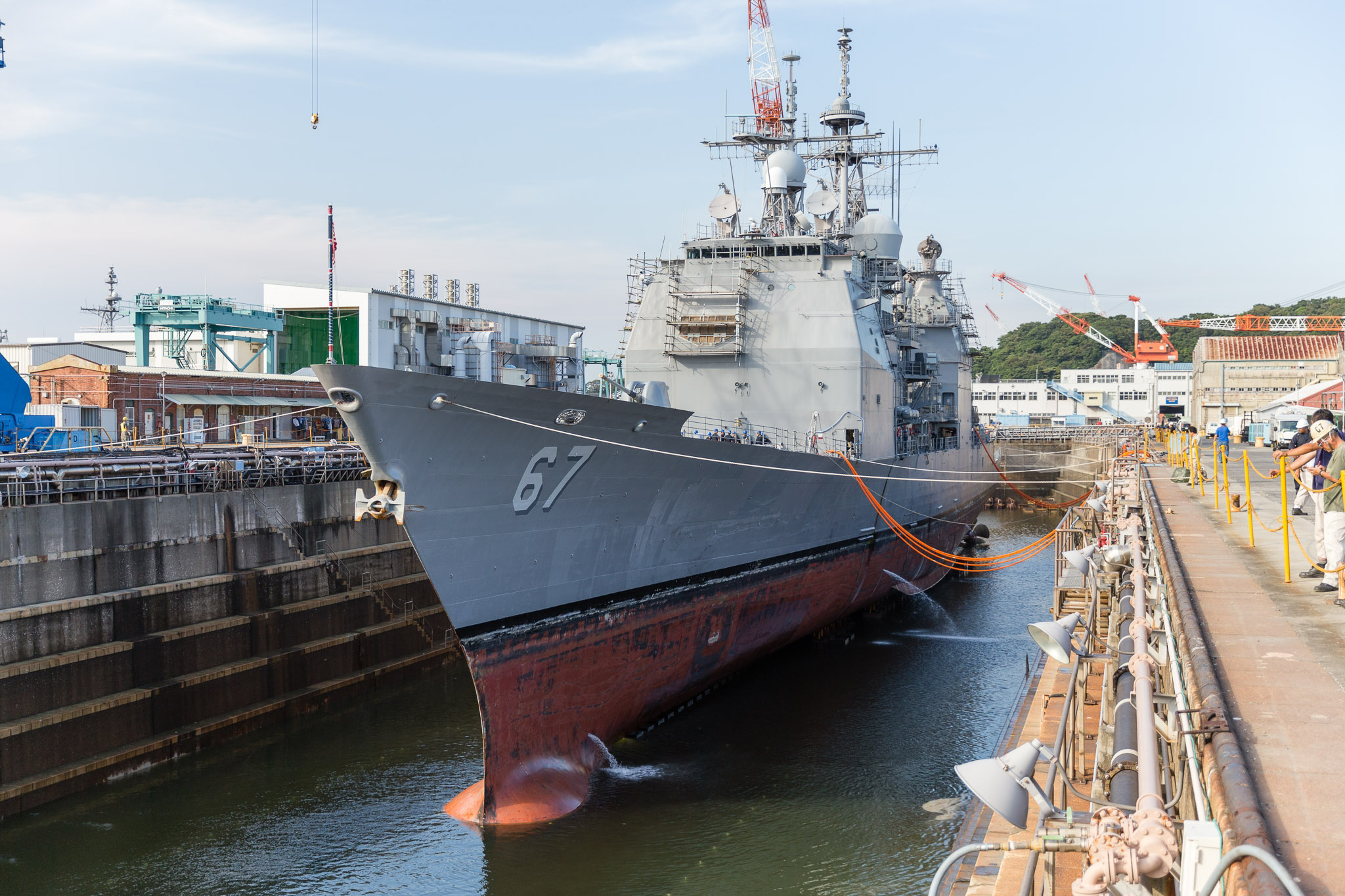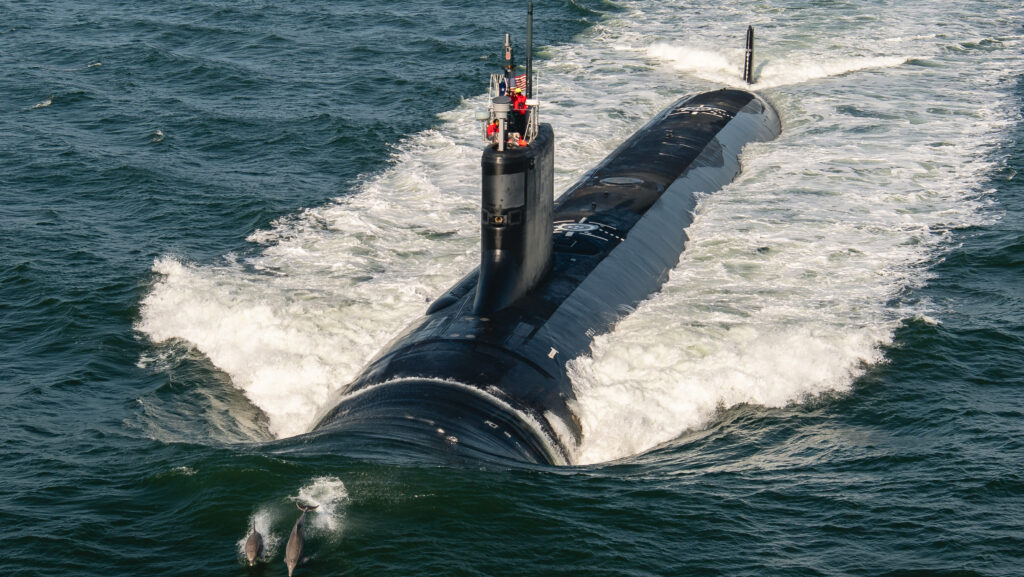
SAN DIEGO – The Navy’s maintenance and operational communities have completed the first iterations of a surface ship master plan for maintenance and modernization work, in the hopes of balancing out peaks and valleys in shipyard workload without impacting operational needs.
The effort began after Fiscal Year 2013, when the Navy’s regional maintenance centers were performing as much as 40 percent more work than predicted, Rear Adm. Bill Galinis, deputy commander of surface warfare at Naval Sea Systems Command (NAVSEA) and commander of Navy Regional Maintenance Center, said at the American Society of Naval Engineers’ annual Fleet Maintenance and Modernization Symposium. In some cases, the estimates did not accurately predict how much repair work was needed, and in some cases the predictions only included mid-life work on older ships but forgot to include post-shakedown availabilities for brand new ships.
So, in FY 2014 several Navy organizations came together to try to better understand shipyard workloads and look for ways to proactively manage work levels.
SEA 21, NAVSEA’s surface ship lifecycle maintenance organization, began an availability duration analysis to understand the relationship between the work scope and how much time the yard would need. That data then fed into the workload forecasting effort conducted by Galinis as commander of the regional maintenance centers – and who, due to a flag officer restructure that went into effect this week, now also commands SEA 21.
Galinis told USNI News after his presentations at the conference that separate sand charts were created for each Regional Maintenance Center (RMC), showing the workload expected for several years to come – up to 2023 in the most recent iteration. The charts show expected work, color-coded by ship class, and make clear where the peaks and valleys are. Galinis can then take that data to a Surface Ship Master Plan negotiation with the type commander and fleet commanders and discuss options that will help stabilize the shipyard workforce without disrupting operational needs. In San Diego, for example, the chart shows an average of 5,500 workers needed per day in FY 2015 but less than 5,000 in FY 2016. In Pearl Harbor, the chart shows zero activity for a period of time in FY 2017, followed by a big spike in activity.
“Up to now, this has been all the maintaining guys, these are all the guys who fix ships, so we don’t know about the operational schedules, what the fleet commanders need,” he said.
“So then if you get something like this,” he said, pointing to the gap in work at Pearl Harbor, “you say, that doesn’t help the shipyard, because they can’t lay everybody off and then bring back more than that, that’s a problem. So now we go into the Surface Ship Master Plan discussion, we’ll say hey, you have this availability – if you could just move that out a couple months and take this one and start it a few months early, then it kind of levels it all out. So those are the kinds of discussions that go on there. And at some point they’ll say, we can do that. Or they’ll say, we gotta get this battle group underway, this is what we can do – we can give you a month, we can’t do two months. So we’ll have those kinds of discussions.”
Galinis said he hopes to have these master plan discussions twice a year. The negotiations would then lead to a workload agreement being signed between SEA 21, the RMCs and the operational commanders. Execution guidance would be the final document that firms up the maintenance and modernization plan.
Galinis said this year is the first year the Navy has gone through this process, after spending most of last year trying to develop a plan to tackle the highly flawed maintenance predictions in 2013. He said the work isn’t done, as the San Diego chart doesn’t include the new Zumwalt-class destroyers (DDG-1000), for which the maintenance needs are relatively unknown still. But he said the talks between the maintainers and operators have been productive, and the workload forecasting charts can be shared with private ship repair companies to give industry a heads up on out-year needs.
“We don’t build ships to maintain them, we build ships to send them to sea to conduct the nation’s business, so there’s certainly some give and take” between the two communities, Galinis said.
“But the high workloads we’ve experienced certainly here in San Diego and maybe to a lesser extent on the East Coast in the early- to mid-2015 timeframe, hopefully we can avoid those in the future as we go forward.”





